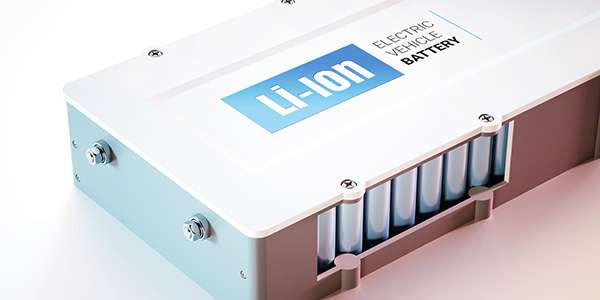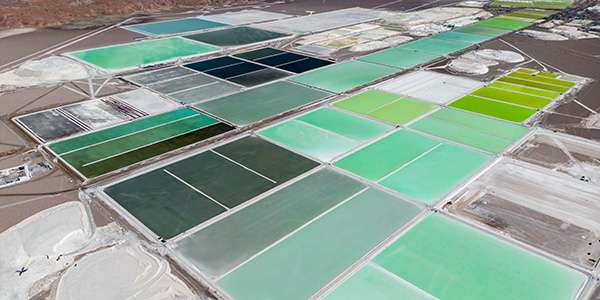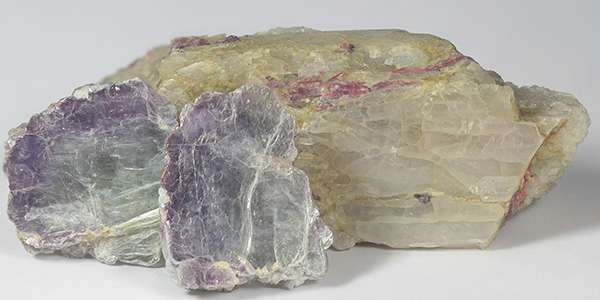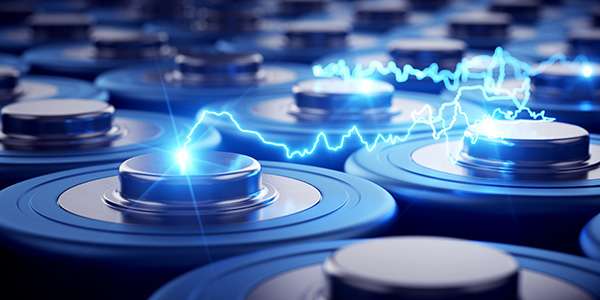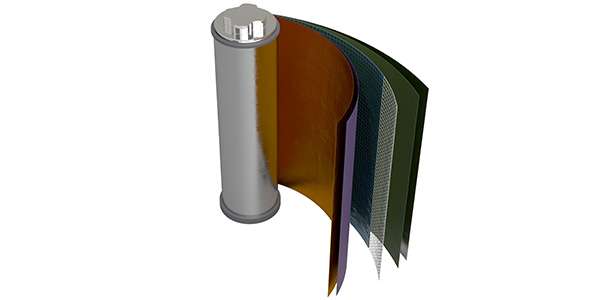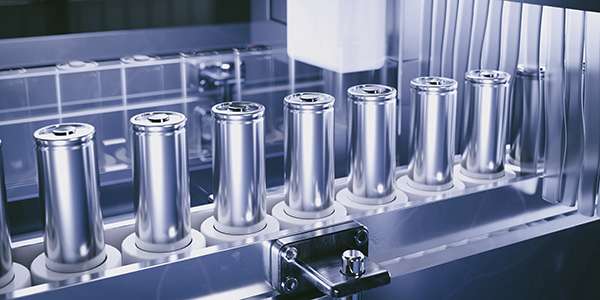With our proven experience in filtration and separation technologies across a broad spectrum of industries, we are your preferred partner in the lithium-ion battery sector. Our advanced technical expertise acquired from working with customers in markets from mining, microelectronics, specialty chemicals, polymers and automotive is already being applied to customers across the lithium-ion value chain. Combining global reach with local knowledge, we can offer exceptional support and efficient filtration and separation solutions to help you reach your quality and efficiency goals.
From mining and mineral processing to final assembly, we can help you achieve greater productivity in the lithium-ion battery market by:
- Improving end-product quality
- Enhancing throughput.
- Optimizing process to reduce total cost of ownership.
- Reducing costly downtime and maintenance operations in your production processes
- Sustainable manufacturing, help you to reduce carbon footprint.
-
Base Materials
-
Battery Active Material
-
Battery Cells
Lithium Processing from Brine
Brine sources include underground lakes or Salars, hot geothermal reservoirs and brines associated with petroleum production. Improved filtration and separation can play an important role in improving both the process reliability for producing consistent high purity products and also for improving the product yields, reducing product re-work, reducing operation costs and reducing carbon intensity in production.
Lithium Processing from Spodumene
Spodumene concentrate ore is converted into either Lithium Carbonate or Lithium Hydroxide for use as an essential component to make Lithium-Ion Batteries. Improved filtration and separation can play an important role in improving both the process reliability for producing consistent high purity products and also for improving the product yields, reducing product re-work, reducing operation costs and reducing carbon intensity in production.
Cathode Active Materials
The cathode or positive electrode is made of a very pure mix of metal oxides containing lithium. The more uniform its chemical composition and crystal structure, the better battery performance and life is. To meet the EV battery manufacturers’ specifications, high performance filtration solutions are required at the different fabrication stages to produce pure and uniform cathode active materials.
Separator
For the separators to function optimally, it is important that the polymeric materials they are made of are filtered prior to their formation. These high-performance filtration solutions are used widely across many different fabrication processes to achieve the separators required technical specifications, cleanliness quality, and uniformity of the polymeric materials.
Electrolyte
To maximize the performance of the electrolyte, i.e. high ionic conductivity associated to a high chemical/electrochemical stability, solid particle content must be minimized. To do so, the liquid electrolyte must be filtered before the filling phase. Moisture in the electrolyte can result in the formation of hydrofluoric acid (HF) from fluoride lithium salts. Since HF can corrode certain metals, such as piping on equipment or internal battery components, it is critical to prevent moisture from coming in contact with the electrolyte it is critical to prevent moisture from coming in contact with the electrolyte
One of the key considerations in the EV market is the quality and cost of batteries. Compared to small devices, batteries for electric cars need to meet much higher standards for performance and safety. This is where Pall’s filtration products come into play. They play a crucial role in improving the manufacturing process of lithium-ion batteries, ultimately helping to reduce operating costs.
